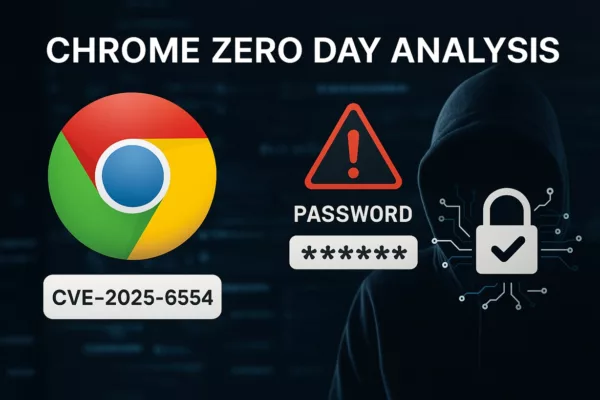The Cyber Resilience Act: a European regulation to strengthen the cybersecurity of digital products The Cyber Resilience Act (CRA) is a European regulation that imposes cybersecurity standards on digital products. It aims to protect users and businesses from cyber threats, harmonise the digital internal market and support innovation in cybersecurity. In this article, we’ll walk you […]
Stay informed!
Join our community of technology enthusiasts! Subscribe to our newsletter and receive exclusive updates on the latest news, special offers, and tips from Freemindtronic. Stay informed on the latest technology trends, discover new products, and be among the first to take advantage of them. Sign up now by entering your email address below. Don't miss any updates from Freemindtronic!






